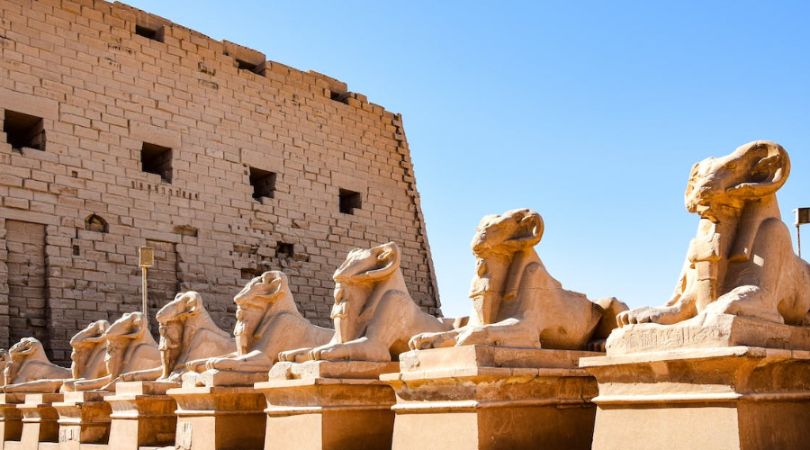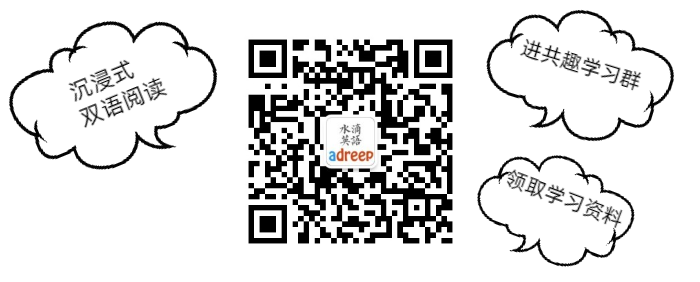
Beauty is a concept that varies greatly across different cultures. What is considered beautiful in one culture may be entirely different in another. In Western cultures, for example, slim figures and symmetrical facial features are often idealized, while in some African cultures, full figures and distinct facial markings are revered. Each culture has its own standards of beauty, which are often deeply rooted in tradition, history, and societal values.
美是一个在不同文化中存在巨大差异的概念。在一个文化中被认为美丽的东西在另一个文化中可能完全不同。例如,在西方文化中,苗条的身材和对称的面部特征经常被理想化,而在一些非洲文化中,丰满的身材和独特的面部标记备受推崇。每个文化都有自己的美的标准,这些标准往往深深扎根于传统、历史和社会价值观中。
The concept of beauty is often influenced by cultural practices, religious beliefs, and historical trends. In some cultures, body modifications such as scarification or elongated necks are viewed as beautiful, while in others, specific hairstyles or traditional clothing are considered the epitome of beauty. These diverse ideals of beauty reflect the uniqueness and individuality of each culture.
美的概念通常受文化惯例、宗教信仰和历史潮流的影响。在一些文化中,身体改造,如疤痕或拉长的脖子被视为美丽,而在其他文化中,特定的发型或传统服饰被认为是美的典范。这些多样化的美的理想反映了每个文化的独特性和个性。
modern globalization has led to the exchange and integration of different cultural beauty ideals. As people from diverse backgrounds interact and share their perspectives, there is a growing appreciation for the beautiful elements found in various traditions and practices. This exchange of beauty concepts contributes to a more inclusive and diverse understanding of what is considered beautiful on a global scale.
现代全球化导致了不同文化美的理念的交流和融合。随着来自不同背景的人们互动并分享他们的观点,对于各种传统和惯例中发现的美丽元素的赞赏日益增加。这种美的理念的交流促进了对于全球范围内被认为美丽的事物更加包容和多样化的理解。
the concept of beauty is a rich tapestry woven from the threads of culture, tradition, and individual perceptions. Embracing the diverse interpretations of beauty allows for a more inclusive and harmonious global society.
美的概念是由文化、传统和个人感知交织而成的丰富多彩的画卷。接纳对于美的多样化解读有助于建立一个更加包容和和谐的全球社会。

